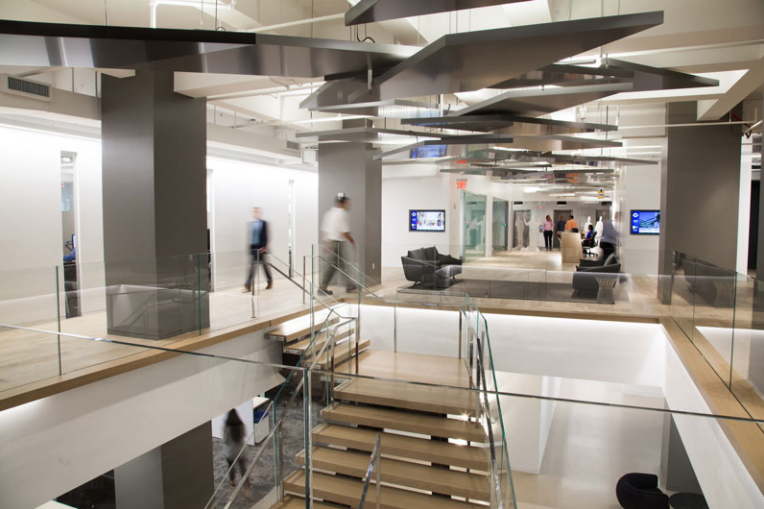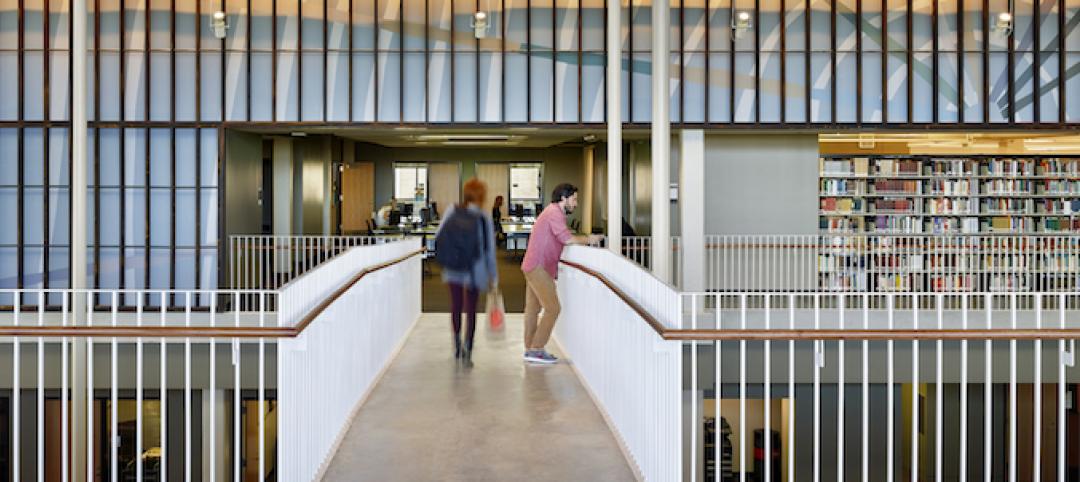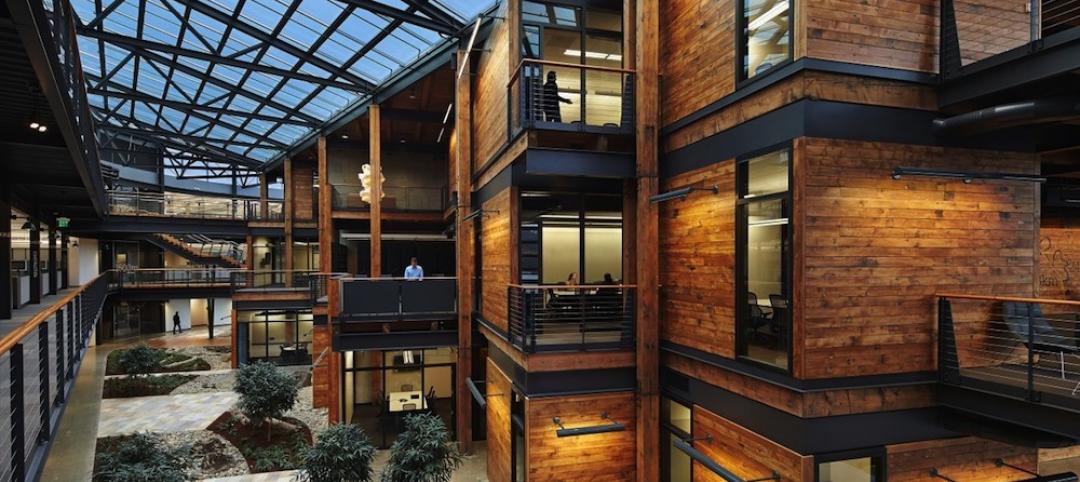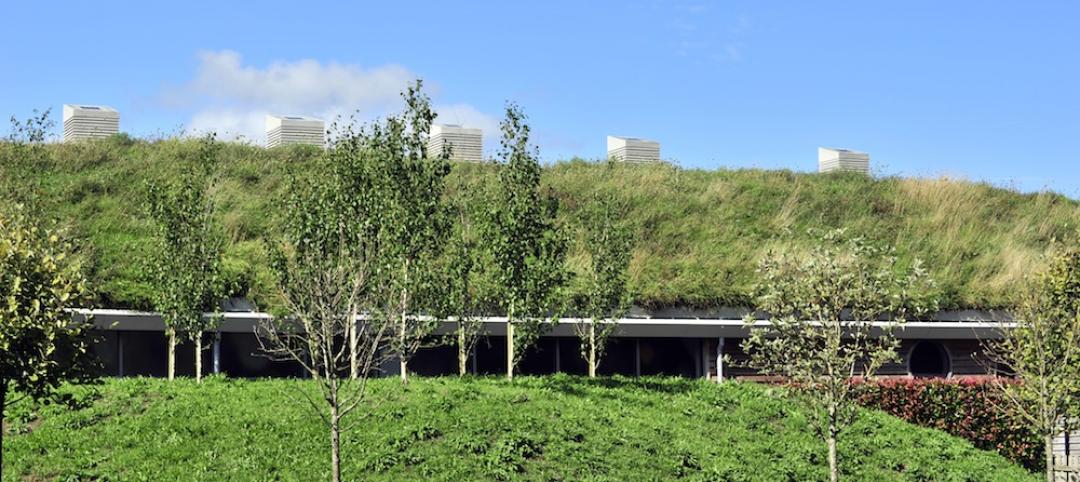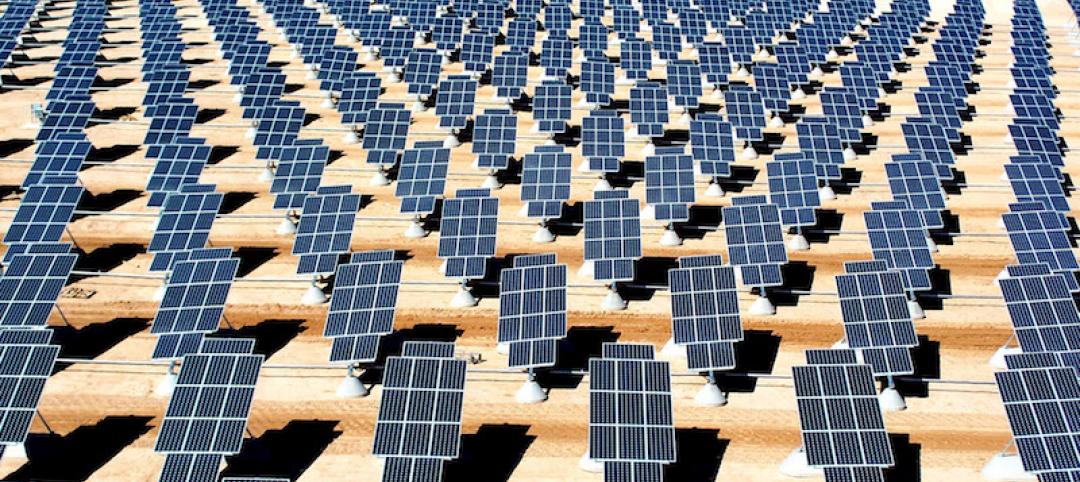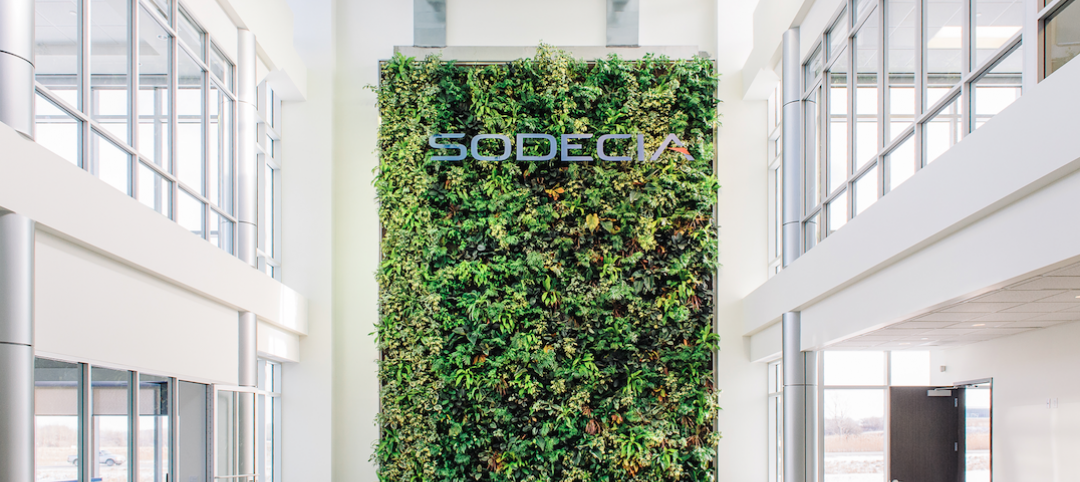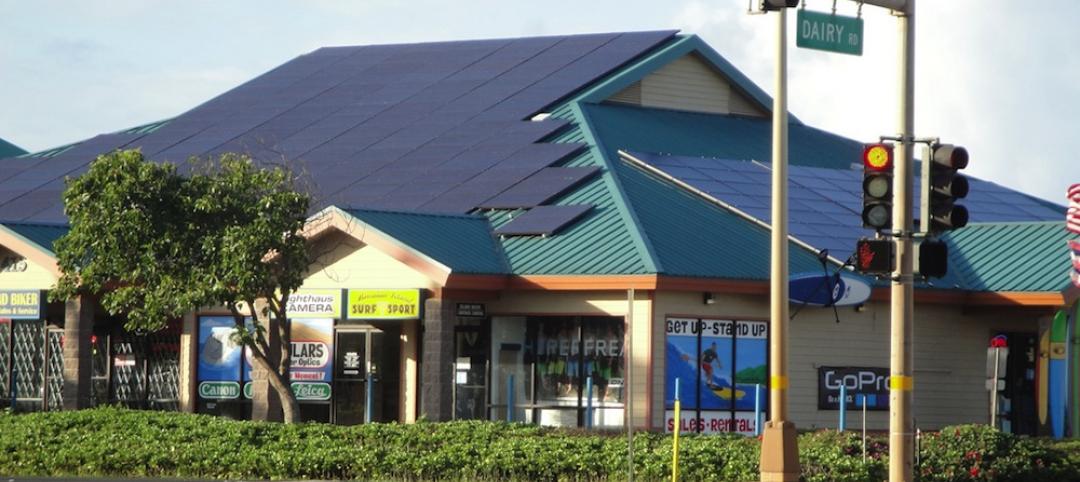Now that the first group of office fitouts to receive WELL certification has been completed, the business case can be analyzed.
A few of the early adopters completed fitouts for less than $1 per square foot in additional costs. For the others, the cost to achieve WELL certification ranged from $1 to $4 per square foot, according to a report by the Urban Land Institute.
The costliest items for most tenant fitout projects were noise reduction in an open office environment, enhanced HVAC filtration and zone control, and increased employee access to healthy food by replacing vending machines with cafés and kitchens.
The WELL standard focuses on seven key elements of a healthy building—air, water, nourishment, light, fitness, comfort, and mind. Other initiatives by early adopters included subsidies for a bike-share program, discounted fitness facility memberships, and new sit/stand desks and tables.
Early adopters will now track the potential benefits of WELL—improved productivity, reduced absenteeism, and reduced turnover.
Related Stories
Green | May 16, 2016
Development team picked for largest Passive House project in North America
The 24-story curved building would be 70% more efficient than comparable housing in New York City.
Green | Apr 27, 2016
Top 10 green building projects for 2016
The Exploratorium at Pier 15 in San Francisco and the West Branch of the Berkeley Public Library are two of the projects recognized by AIA COTE as the top green buildings of 2016.
Codes and Standards | Apr 25, 2016
GSA adopts SITES land development and management rating system
Federal agency will use for properties with and without buildings.
Green | Apr 4, 2016
AIA report analyzes 20 years of the best green projects
"Lessons from the Leading Edge" is a study of the 200 Committee on the Environment (COTE) Top Ten Award winning projects since 1997.
Green | Mar 15, 2016
Living Future Institute launches Biophilic Design Initiative
Goal is to transfer biophilic design theory to real-world applications.
Green | Mar 11, 2016
GE wants to use carbon dioxide from the atmosphere as a means of storing solar energy
Carbon dioxide has been captured and stored by scientists for years, but now GE has a novel idea for how to put this stored CO2 to use.
Green | Feb 29, 2016
Nedlaw Living Wall Biofilter creates green space for manufacturer's showroom
The 640-sf living wall biofilter provides cleansed air for the office building and provides a stunning focal point in this modern space.
Green | Feb 18, 2016
Best laid plans: Masdar City’s dreams of being the first net-zero city may have disappeared
The $22 billion experiment, to this point, has produced less than stellar results.
Green | Feb 1, 2016
Supreme Court ruling on demand response expected to benefit smart grid
Ruling allows PV owners and other small energy generators to continue to be paid wholesale rates for power they generate.


